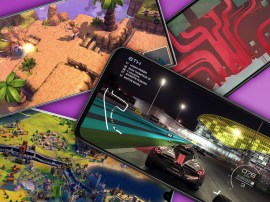Sony PS4 vs Xbox One: the 4K war begins
Esat Dedezade crunches the numbers to see how the Xbox One and PS4 could handle the next generation of ultra high-def 4K content

The PS4 and Xbox One both have 4K in their futures one way or another – not least because Microsoft has revealed that Xbox Ones will ship with a 4K-ready HDMI cable.
But will our eager eyes be treated to bleeding-edge 4K content on release day? Stuff asked a Microsoft spokesperson whether or not we can look forward to playing 4K games, streaming 4K video and playing 4K Blu-ray discs on the Xbox One, and was given this response:
“We are delivering a home entertainment system for the next generation and will support 4K for games and entertainment. We’ll share more details later on 4K content for Xbox One.”
So, nothing we didn’t know already. 4K is coming, but we don’t know when or how it’ll be served. We can certainly make an educated guess, though.
Before we begin, check out our in-depth Xbox One vs PS4 guide and Xbox One vs PS4 controller showdown for all you need to know about Microsoft and Sony’s next-gen console powerhouses.
4K Gaming

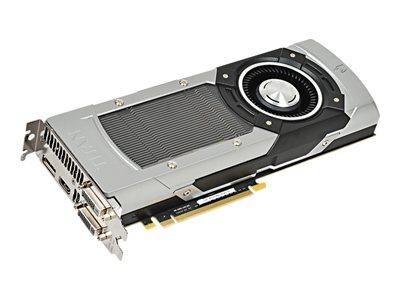
4K gaming is a tricky beast for both the PS4 and Xbox One. Sony’s Worldwide Studios boss Shuhei Yoshida told Joystiq back in February that PS4 games do not play in 4K, despite confirming that 4K video support will be present.
Sony’s Senior VP Worldwide Studios Europe Michael Denny told Stuff however that although Sony isn’t “looking at 4K gaming initially, [it is] looking at 4K video and stills images. [4K gaming] is something [it] will look at in future”.
The Xbox One’s 4K gaming capability also has conflicting reports. On the one hand, Yusuf Mehdi, Microsoft’s Corporate Vice President of Marketing and Strategy stated back in May that “There’s no hardware restriction” when it comes to 4K gaming on the Xbox One.
However, tech site Anandtech ran some PC gaming benchmarks at Computex in July using a 4K monitor which casts doubt over whether the next-gen consoles will be capable of 4K gaming. It took four of Nvidia’s extremely powerful top-end GTX Titan graphics cards to hit 60 frames per second across Sleeping Dogs and Metro 2033, at a full 3,840×2,160 4K resolution.
To put that into perspective, one GTX Titan will set you back £800. Eight. Hundred. Pounds. That alone is almost twice the cost of an entire Xbox One. Times that by four and you’ve got £3,200’s worth of graphical grunt.
OK, so other games like Dirt 3 only need a single GTX Titan to hit around 60fps, and it could be argued that you can enjoy games just as much at 30fps.
But the raw numbers don’t lie, and they show that the Xbox One and PS4 output around 1.23 and 1.84 peak teraflops respectively, while a single Titan ups that to 4.5. That’s a big difference in flops, if you’ll pardon my French.
Given that the PC in question is clearly many levels above both next-gen consoles in terms of raw power, it’s questionable whether either the Xbox One or PS4 can handle the demands of modern 4K gaming.
There is one small lifeline however. All the PC games’ visual settings were cranked up to the absolute maximum – including full anti-aliasing, which can be quite the resource hog without a huge amount of noticeable difference.
Not only that, but a PC has an entire full-fat Windows OS to run, with all of the extra background processes associated with it.
Games consoles on the other hand, are designed from the ground up with uniform hardware, with an OS catered exactly to it. Take Apple for example. The iPhone 5 might not be the most powerful handset around among quad-core beasts like the LG G2, but it still delivers a consistently fluid experience. That’s the beauty of having total control over standardized hardware across the board and your own OS.
Can cloud computing help?
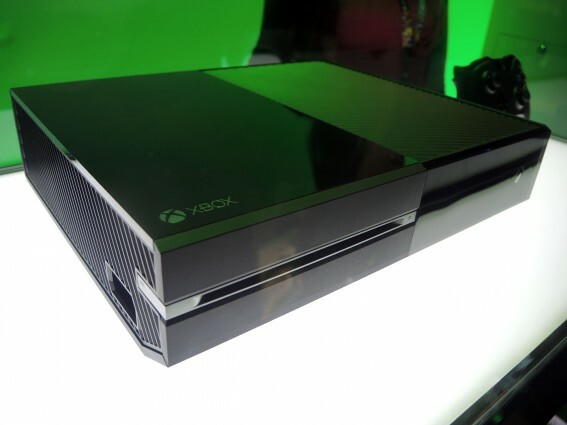
In an interview with Stuff in its latest September issue, PS4 Lead Architect Mark Cerny states that “trying to improve your graphics by cloud computing doesn’t work”, as there’s too much data that has to be sent up to the server and back.
But Microsoft believes that the Xbox One’s 300,000 servers dedicated to take up extra processing loads could give it enough additional grunt to benefit our eyeballs.
Speaking to Ars Technica, General Manager of Redmond Game Studios and Platforms Matt Booty described how cloud computing could benefit gamers.
While cloud computing latency means that split-second reactions like aiming in shooters and collisions in racers just aren’t possible, Booty believes that “there are some things in a video game world… that don’t necessarily need to be updated every frame or don’t change that much in reaction to what’s going on”.
One example he gives is lighting, which doesn’t need to be updated every single frame. Other examples that the cloud can handle are physics modelling, fluid dynamics and cloth motion, all of which would free up more power in the Xbox One’s innards to focus on making the rest of your game look stunning.
There are other ways in which the Xbox One and PS4 could claim to offer 4K gaming capabilities. They could compromise with lower visual settings than their PC counterparts. They could upscale to 4K, or run at 2K – or true 4K could be limited to simpler 2D arcade games.
4K movie Streaming
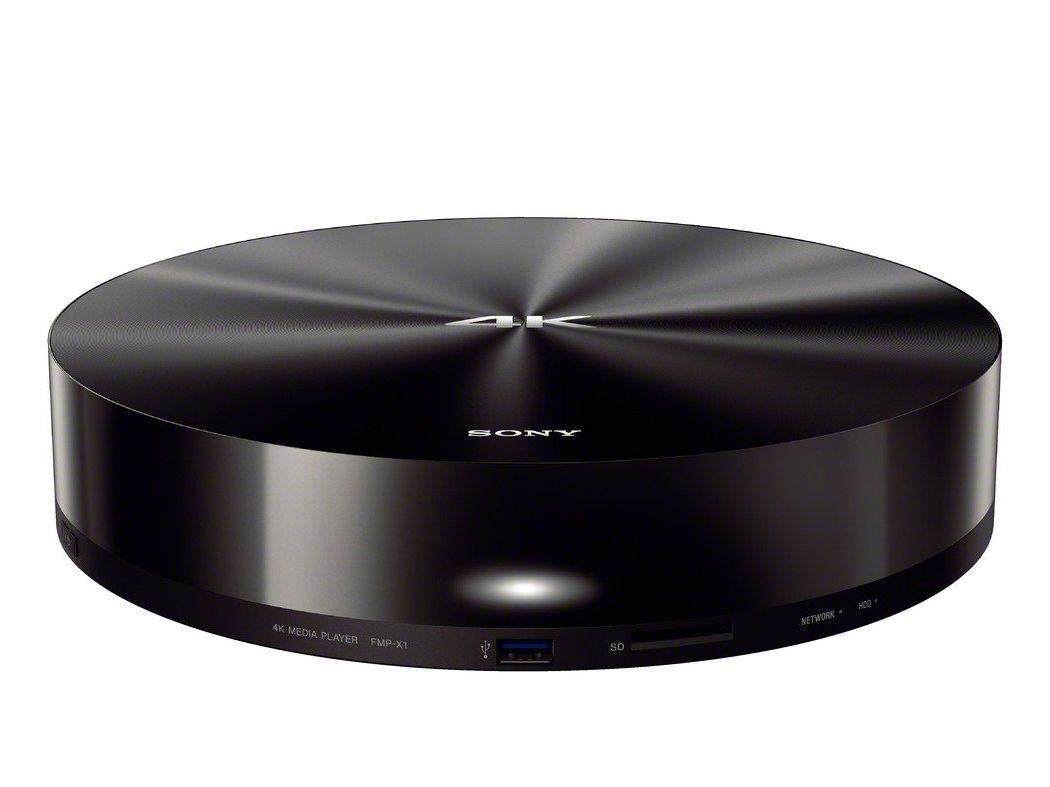
There’s no doubt that the Xbox One and PS4 will support 4K movie streaming at some point. Sony Electronics President and COO Phil Molyneux told The Verge that its 4K move streaming service would be coming to the PS4. Microsoft has, on the other hand, been rather vague by stating that the Xbox One will support “4K games and entertainment”. Either way, both consoles are more than capable hardware-wise, and the only thing holding them back is a widespread launch of 4K content providers.
And no, Sony’s US$700 4K Ultra HD Media player – which comes preloaded with 10 4K movies, and provides access to the 4K-ready Video Unlimited service – simply isn’t going to cut it.
The likes of Netflix, BBC iPlayer and other streaming sites need to get on board first – and for that to happen, 4K TVs need to hit the mainstream, with widespread adoption and the likes of Sky and Virgin offering 4K-dedicated channels. And we all need fatter pipes, and we need the studios to start releasing their productions in glorious 3840×2160.
The lack of content is, of course, one of the problems holding back the sale of pricey 4K TVs, but as prices go down over the next few years, more and more 4K content should trickle through. Indeed, even broadcasters will be sending ultra HD images over the airwaves in future. (It needn’t even take that much bandwidth.)
4K Blu-ray
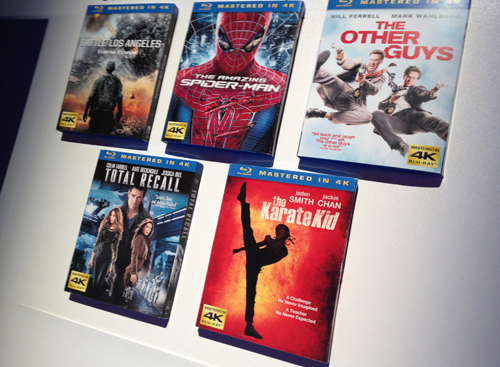
Microsoft is also flying the Blu-ray flag this time round, with both the Xbox One and PS4 featuring a Blu-ray drive. But 4K Blu-rays could be quite a long way off.
Sony already offers ‘Mastered in 4K’ Blu-ray dics, which offer movies that have been mastered in 4K, then downscaled to 2K to fit on a standard Blu-ray disc. Only ten titles have been released so far – and this clearly isn’t good enough for current movie aficionados. Sadly, true 4K Blu-ray flicks seem a way off yet.
“There have been some discussions about how to do 4K delivery via physical media,” according to Jeremy Glassman, Manager for Emerging Platform Development and Marketing at Sony Pictures Home Entertainment. But the Blu-ray Disc Association has yet to reach a final standard for 4K Blu-ray discs. Sony and Panasonic confirmed in July that they plan to release 300GB Blu-ray discs by the end of 2015, a massive jump over the standard 50GB Blu-ray discs we have today.
But if and when 4K Blu-ray discs land, and if both consoles can play them, our retinas will be in for one hell of a hi-res treat.
4K HDMI
Both the PS4 and Xbox One have HDMI 1.4, which supports up to 4K video output at 24p or 30p. However, HDMI 2.0, set to launch later this year, will up that to 60p.
If you’re not familiar with terms like 24p, it basically means that you’re seeing 24 frames of a movie or game per second. Most movies are shot at 24p, with notable exceptions like Peter Jackson’s The Hobbit, which has been screened at 48p – despite being met with mixed reactions from critics and audiences. Check out Digital Foundry’s comparison video above to see the difference between 30p and 60p for yourself.
In gaming, though, the more frames you’re getting, the smoother your experience – up to a point. There’s a great debate among PC gamers over whether 120Hz monitors displaying 120 frames per second are really worth it – there is, after all, a barrier at which the human eye can’t even perceive the difference.
But 1080p 60p gaming, which the Xbox One and PS4 both promise, should be a noticeable improvement to most of us – and it’ll be a shame if future 4K gaming is limited to half the frames per second, despite the awesome visuals promised by 4K.
Given that the life-span of a games console is expected to be around ten years now, expect revised models to be released with an updated HDMI output. After all, we’re still rocking an original Xbox 360 sans HDMI port, so it’s certainly possible.
The 4K future
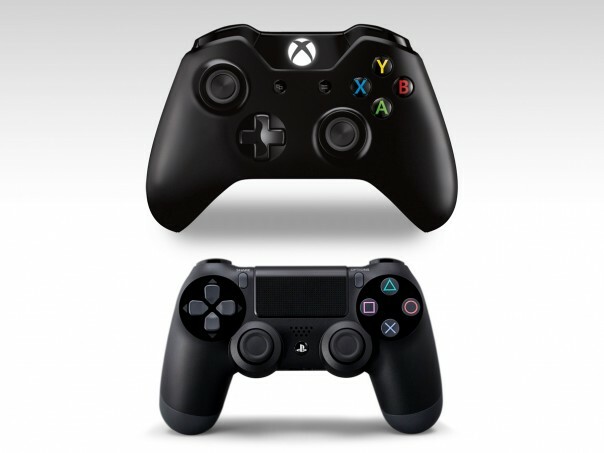
The Xbox One and PS4 are pretty evenly matched when it comes to 4K gaming (if anything, the PS4 just pips the Xbox for peak power), though there are plenty of unanswered questions surrounding what they’ll be able to play at launch and what features are coming further down the pipeline. The role of cloud computing remains, well, a little clouded too.
As for 4K movies? Don’t hold out hope for 4K Blu-rays any time soon, given that the discs haven’t even been finalised yet. But the future of 4K streaming looks promising – and it’s likely that 4K content will start pumping its way onto our tellies over the next year or so.
In the meantime, we’ll just have to count down the days till November when both consoles will be released. Check out our guide to 4K for all you need to know about the next generation of hi-def screen goodness.

